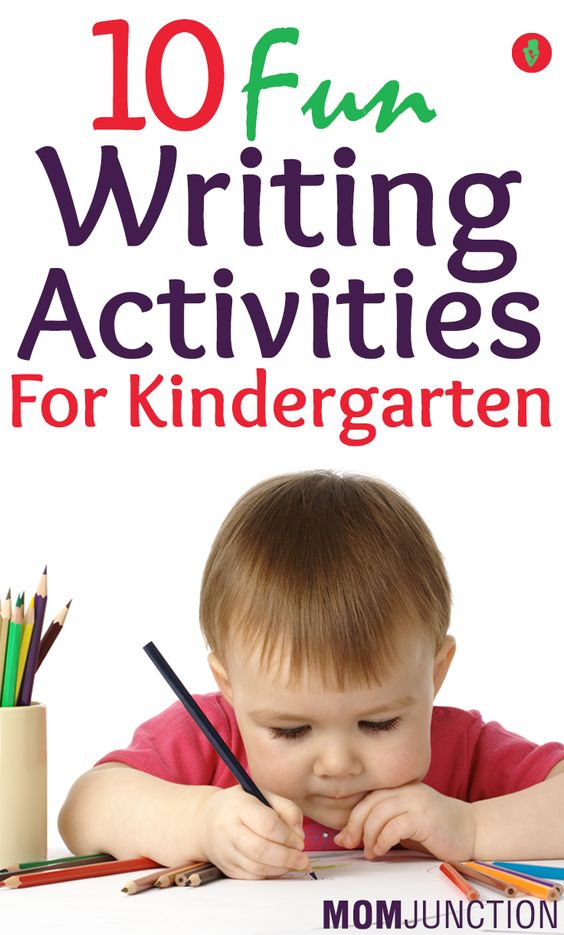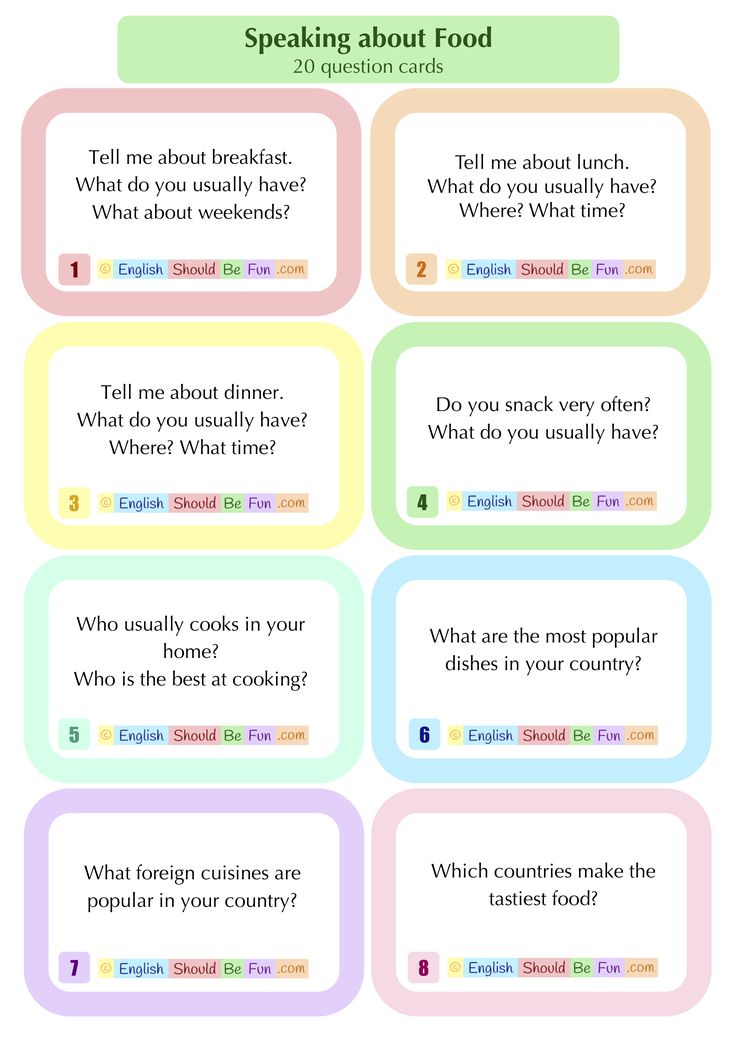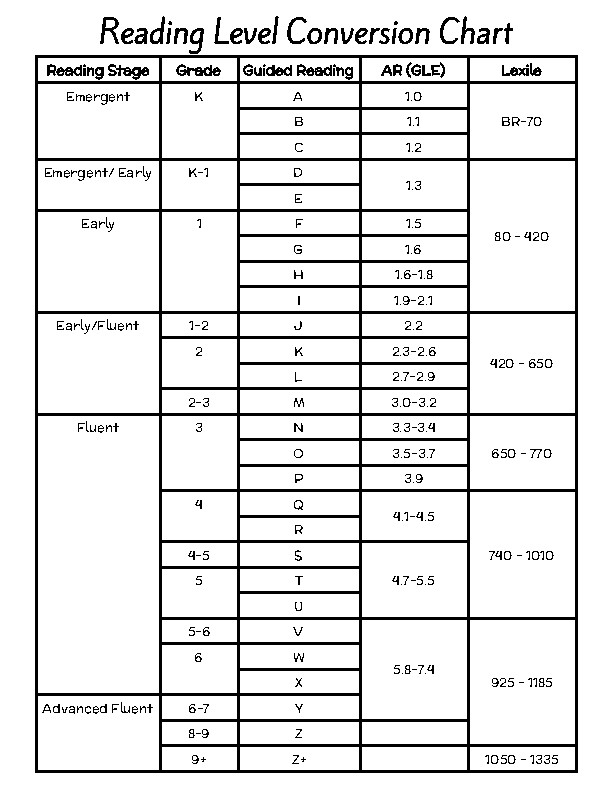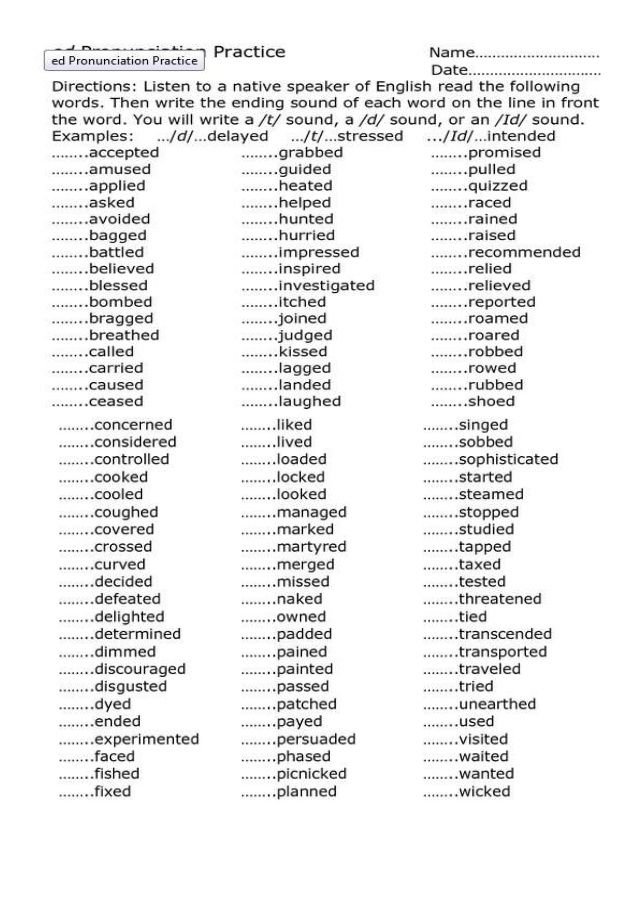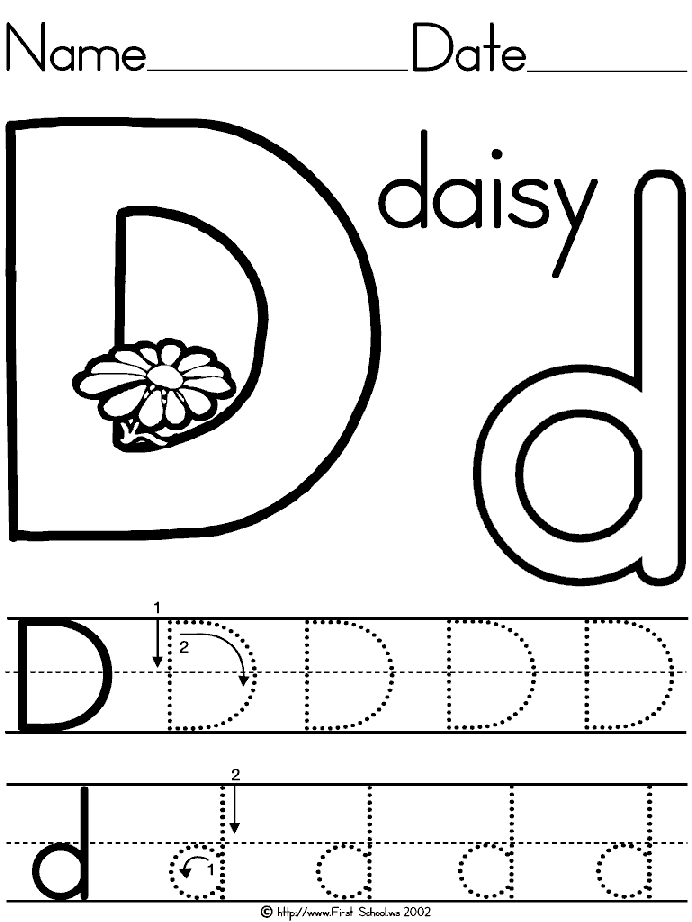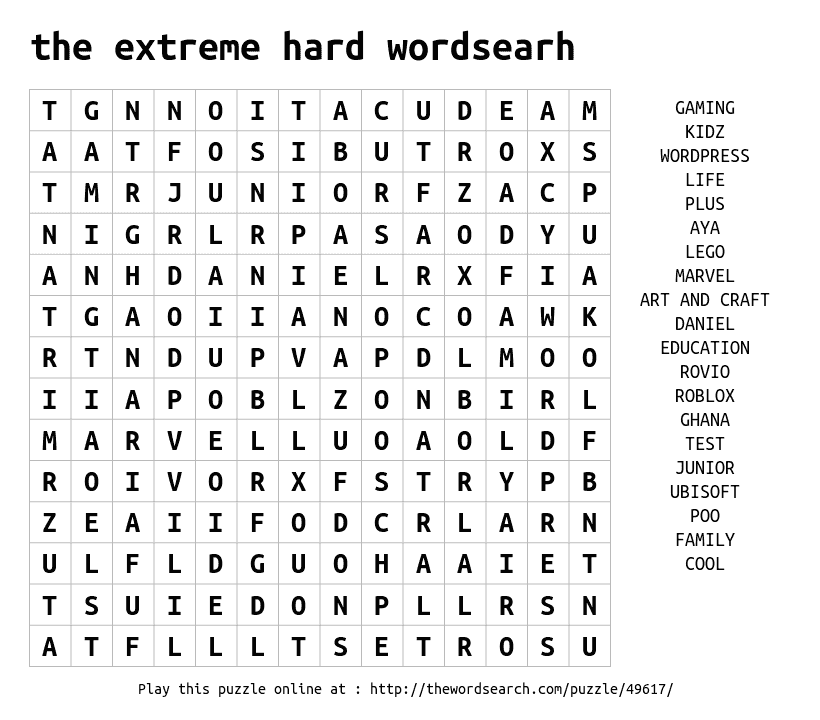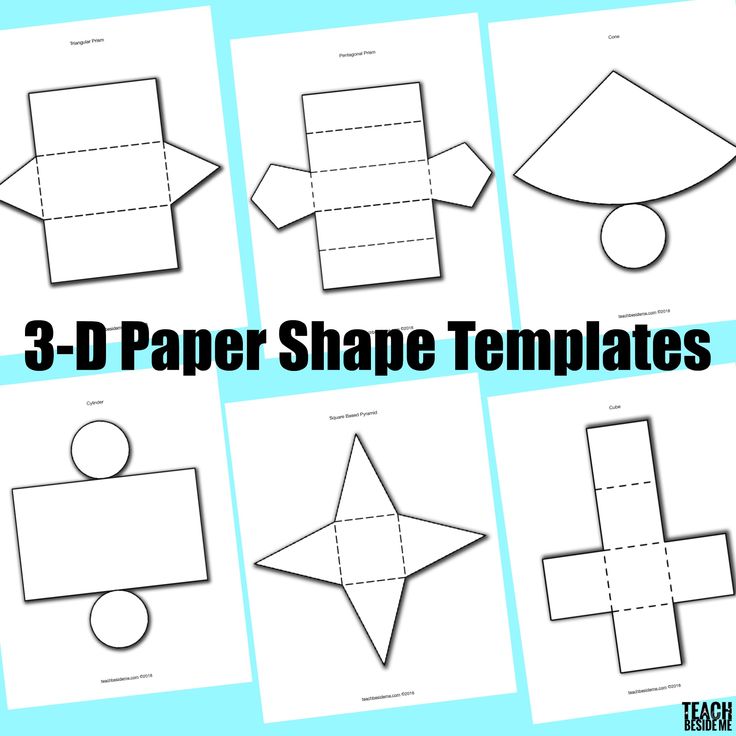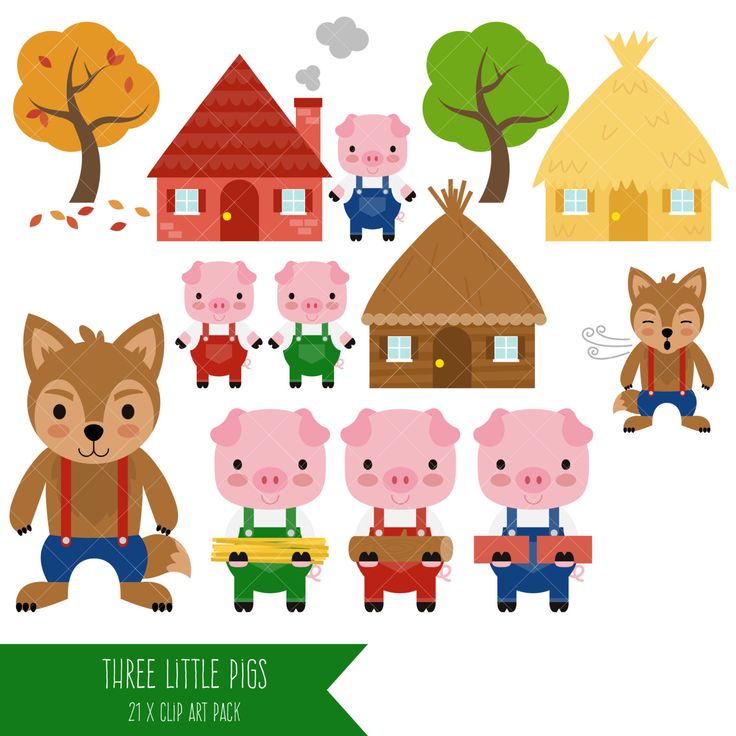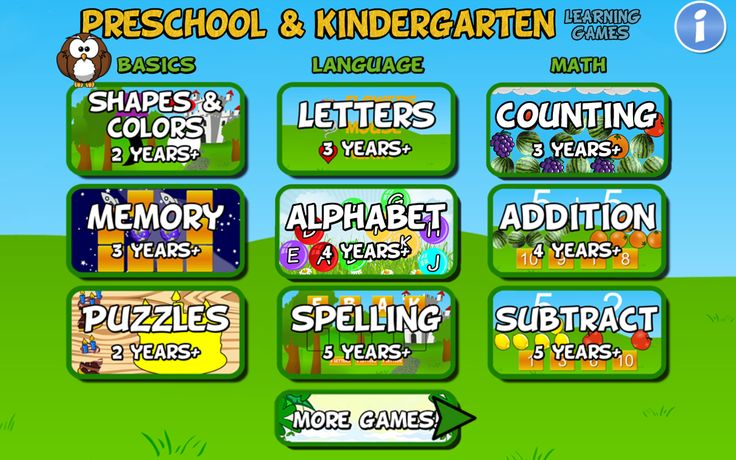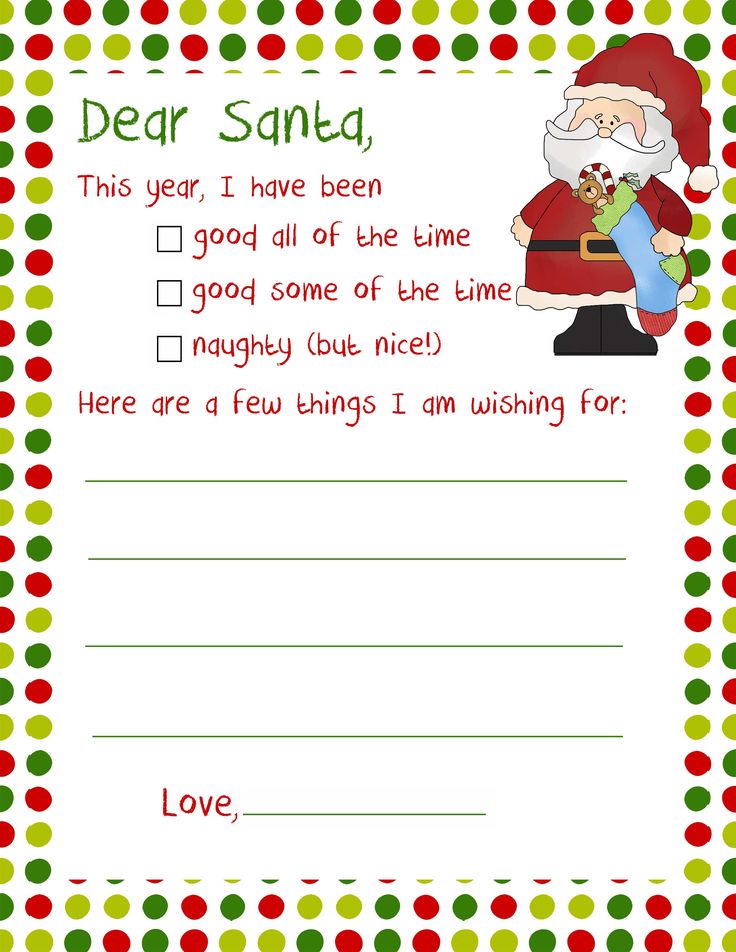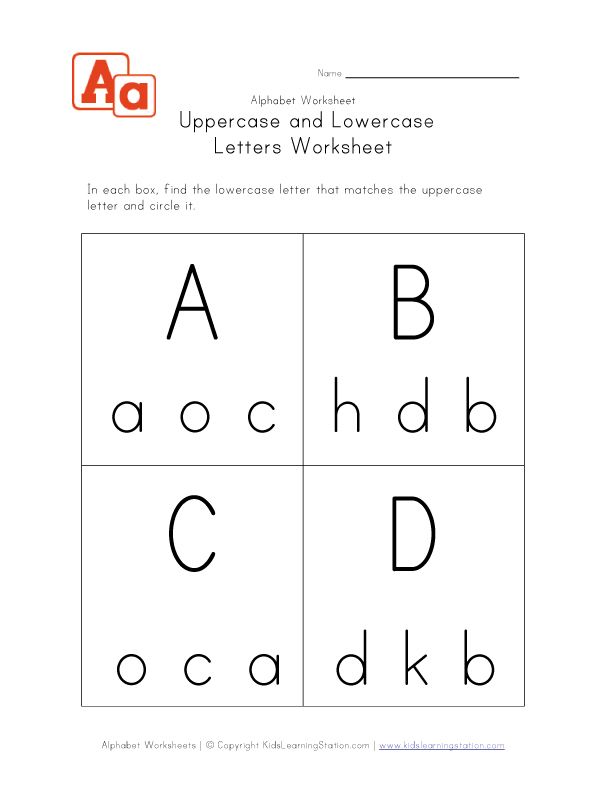Fun writing games kids
Fun Writing Games to Encourage Your Kids to Write
No one ever said that parenting was easy, especially if you’re one of those parents who is struggling with helping their kids with school work. Many children are not fans of writing or any activities that involve writing. Luckily for you, this list is a lot of different and exciting writing games to create a love of writing in your kids so they can write more and have fun doing it.
1. Telephone Pictionary
This game is really engaging and will promote creativity with your children while at the same time pushing them to write. If you have more players it will go better, and all you need is paper and pencils. Every player simply writes a sentence on the paper and passes the paper on. The next player will draw what is represented by the sentence and fold down the paper so only the drawing is visible, then passes the sheet.
The next player will write a sentence that describes the drawing and fold the sheet to keep only their sentence visible. The paper keeps going around in this way until it’s full. Then, all players can compare the original sentence with what happened later for laughs.
2. Story Telling
In this game, you also only need paper and pencils, and all kids will get to write a story together. Onboard, you can write the first sentence of the tale. Then, over the next two minutes, the children will write down the next step of the story. After two minutes, their paper goes to someone else who will continue the story. These papers go around a few times until such time as the story is done. Then, you can enjoy sharing the different and funny stories that were created.
3. Fill in the Blanks
For this game, you need some story sheets with blank spots. According to Rick Steele, an educator at Academized and Ox Essays, “to play, you just have to give the sheet to your child and they will fill in the blanks however they want by using their imagination. Then, you can read the finished story together afterward.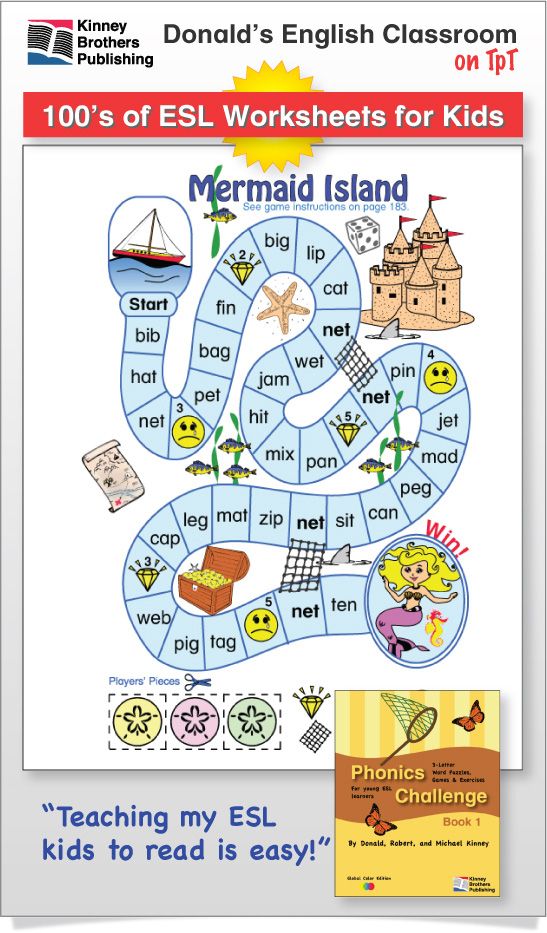 ”
”
It can be difficult to get your children to write if they don’t like it, but there’s a lot of writing games that can make the process more exciting.
4. Birthday Cards
Every time there is a family birthday or special event, or during the holidays, you can get your children to write the birthday card. This will make them speak their thoughts about their family members as well as encouraging them to write in the process.
5.Cursive Name Writing
This game can be exciting to learn to write in cursive. You can take a sheet and fold it in half. Ask your children to write their names in cursive in large script, along the top of the folded crease. They can trace over the writing time and time again, then they can go over the folded piece until they create a mirror image on the other side of the sheet. Then they can cut out their names until the writing looks like a large bug.
6. Challenge for Vocabulary Terms
This game is better for children that can write comfortably and are more than six years old.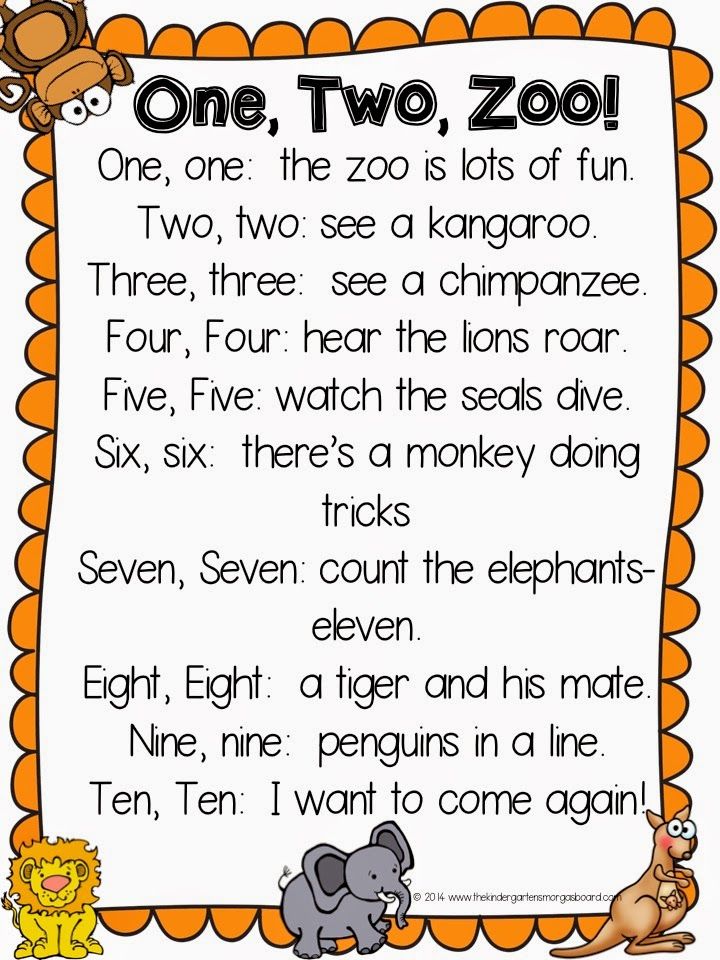 You can give your child a new word and tell them what the meaning is. Then, Henrietta Fillon, a tutor at Big Assignments and Elite Assignment Help, says “you can challenge them to write a sentence with the new word in it. You can also ask your child to write a complete story about this word if you have time for it. You can also ask for drawings if they don’t enjoy writing much.”
You can give your child a new word and tell them what the meaning is. Then, Henrietta Fillon, a tutor at Big Assignments and Elite Assignment Help, says “you can challenge them to write a sentence with the new word in it. You can also ask your child to write a complete story about this word if you have time for it. You can also ask for drawings if they don’t enjoy writing much.”
7. Comic Strip Fun
This activity is better for older children who already know how to read and write, especially if they like storytelling. You can get some comic strips for your children and ask them to fill out the dialogue bubbles (which should be blank, to begin with). Then, challenge them to make it more exciting. They can also draw with crayons to make more colors and liven up the comic strip.
It can be difficult to get your children to write if they don’t like it, but there’s a lot of writing games that can make the process more exciting. By spending time with your children to focus on learning to write, they will prosper and learn to enjoy writing.
About the author: Ellie Coverdale, a writer for UK Writings and Essayroo, shares her thoughts and opinions on education and writing. She loves fostering a desire to read and write in children and stresses the importance of writing skills for all people, regardless of age. In her spare time, she teaches writing skills for Boom Essays.
15 Fun & Creative Writing Games And Activities For Kids
Help your children develop their writing skills with the help of games and practice.
Image: Shutterstock
Mark Twain said, “Writing is easy. All you have to do is cross out the wrong words.” Although children may not find it that easy and entertaining, you can inculcate the habit through interesting writing games for kids. It is a fun and distinct way of piquing their interest in this skill by letting them enjoy it as they learn. In this post, we have a list of the best games and activities to help you engage your children in writing while having fun.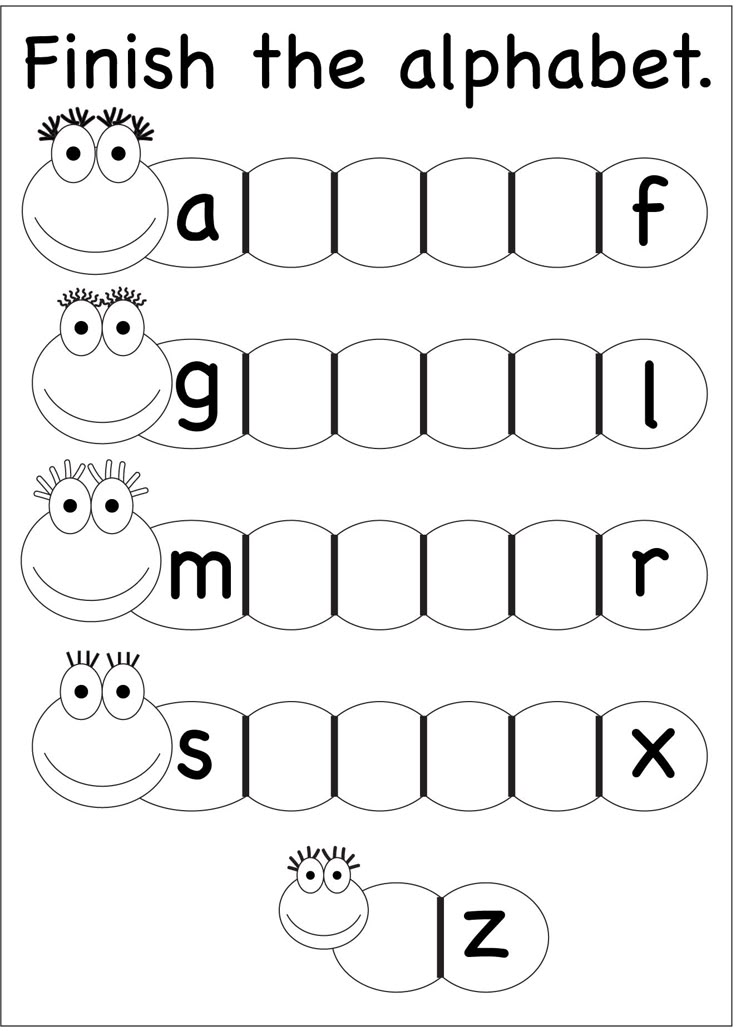
Fun Writing Games For Kids
Writing games need not be all plain, boring or intense. You can try some creative ways to make writing pleasant and enjoyable. Try these fun games for children to begin their lessons in writing.
1. Secret Pictionary
A game of Pictionary is fun to play when there are more than three players. You can play this game even without the Pictionary cards as all you need is a pencil and a blank paper.
How to:- The first player writes a random phrase and passes it on to the next player.
- The second player has to draw an image based on his/her perception of the phrase written by the first player. Fold the first phrase, and pass it to the next player.
- Now the third player has to understand the drawing by the second player and write a line or a phrase based on the drawing. Fold the paper to cover the first phrase and the first drawing, and pass it on.
- This shall go on with the phrase and drawing alternately until it reaches the last player.
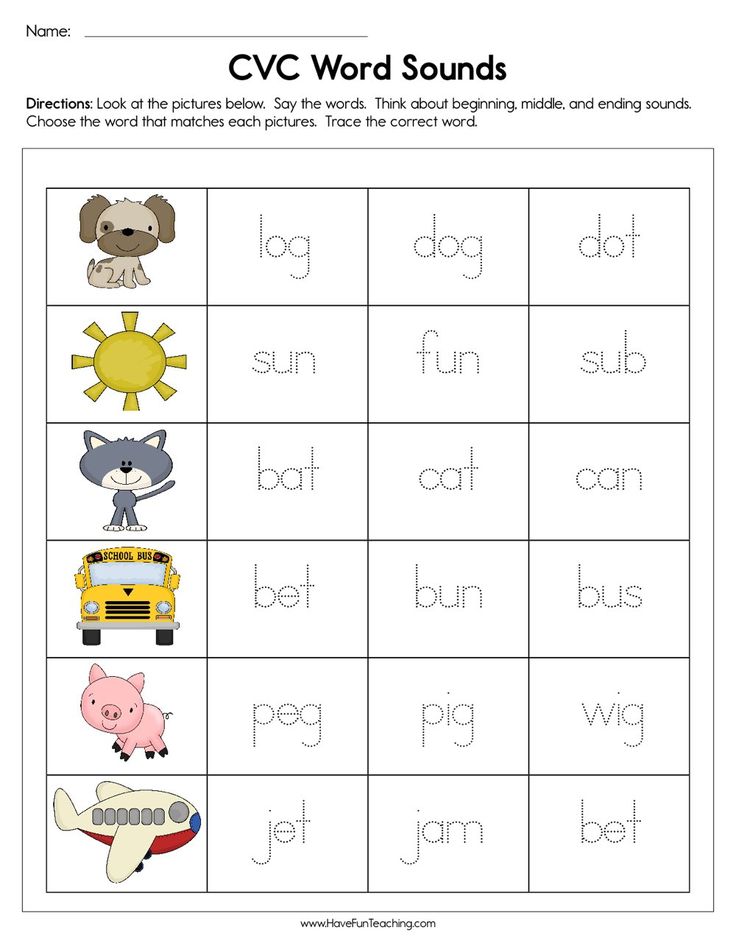
- Unfolding all the pages at the end of the game will reveal a very funny short story.
Related: 367 Fun Pictionary Words For Kids Of All Ages
2. Telephone oracle
Image: iStock
Asking your questions to the Oracle is like sitting with a funny magic ball. Come up with wacky questions and gear up for equally wild answers.
How to:- Every player has to write one question each which they want the Oracle to answer, at the top of the page.
- Now every player has to pass their papers to the person on their left.
- Each player has to answer the question according to their perception.
- Now the players have to conceal the question written on the top portion by folding it and then pass on the papers again to their left.
- This step is tricky but interesting. Every player has to write a possible question after reading the previous answer they see in their paper.
- Fold the paper such that only the latest question is visible and pass it to the left side player.
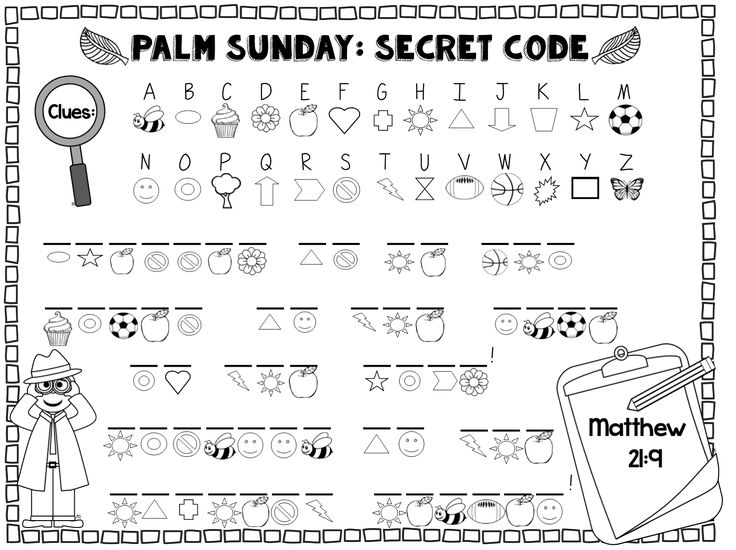
- The same rounds continue till the bottom of the page and end with an answer.
- At the end of the game, all the players unfold their papers to read their original question, the answers they have received, and everything in between. Kah-ray-zee! You will be surprised to see the crazy answers to your original question.
3. Finish the story
Image: iStock
Your search for creative writing games for kids ends here. This is a delightful and engaging game for their playtime.
How to:- The first player writes two lines on a paper and folds the first line so that only the second line is visible to the next player.
- The second player has to guess the first line, read the second line, add another line to the story and fold the paper such that the first two lines are covered and only the last line is visible.
- All the players continue adding their lines to the story.
- The end result will be a very funny tale with no meaning at all.
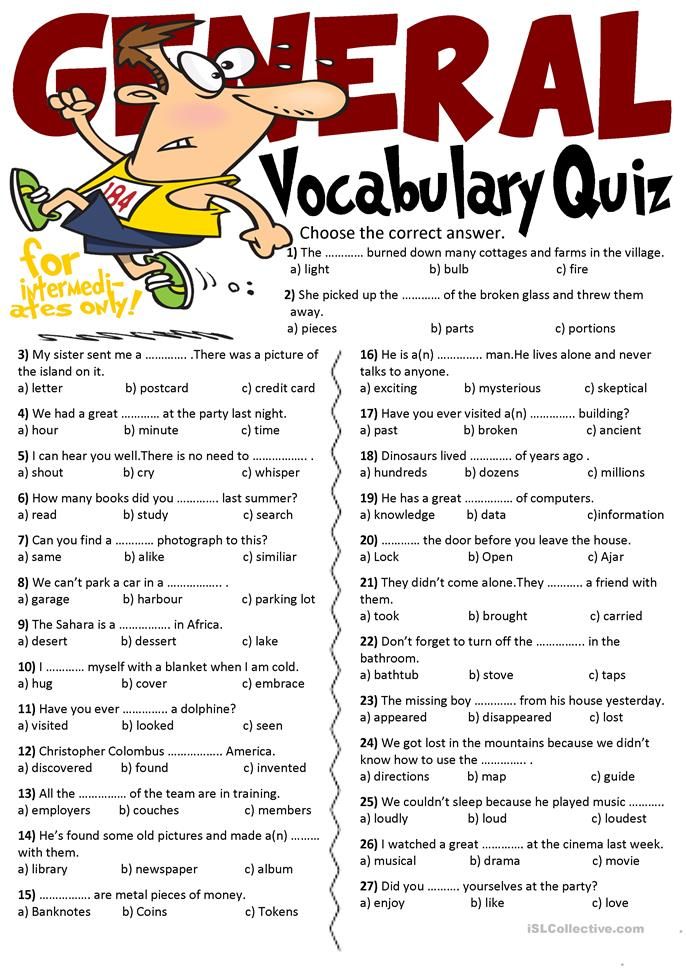
Related: 10 Fun Kindergarten Writing Activities To Teach
4. Consequences
Image: Shutterstock
This writing game is just so much fun that you will get addicted and play multiple rounds of it. You will need a pen, paper and a minimum of 6 players to play consequences.
How to:- The first player has to write the name of a male, on the paper. After writing, conceal the name by folding the paper.
- The second player has to write the name of a female and then fold it again, to conceal it.
- The next player has to write about where they met and fold the paper.
- The fourth player has to write about what he said and fold to conceal it.
- The fifth player writes what she said, and conceal it.
- The last player has to write about what happens in the end.
- Then, unfold the paper to read a very funny story.
- Note that children can write any name, be it their favorite hero or friends in the school, parents or just anybody.
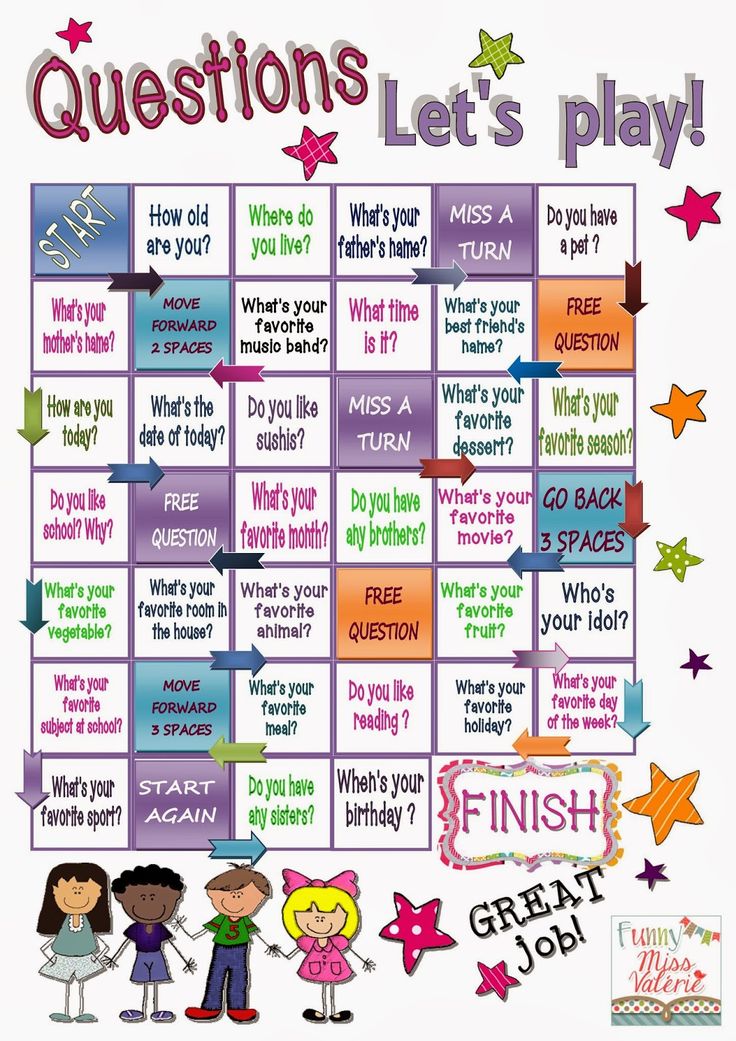
Did you know?
Consequences was originally a Victorian parlor game with a named visual version called “Exquisite Corpse” in France. The game was centered on telling a story using a predetermined format by two or more participants.
Interesting Writing Activities For Kids
These activities will not only help in bettering the writing skills but also prove useful in the day-to-day life of the family. Children get to explore their creative side.
5. Grocery list writing
Image: iStock
This is one such fun writing activities for kids which require minimal effort and is helpful in learning the names of many grocery items like types of bread, toiletries, spices, etc.
How to:- Grab a pen and paper, and head to the kitchen pantry.
- With the assistance of parents, kids have to note down each item and the quantity required.
- Make an elaborate grocery list and head out for shopping.
6. Writing letters
Image: iStock
Writing letters is old school but is still relevant.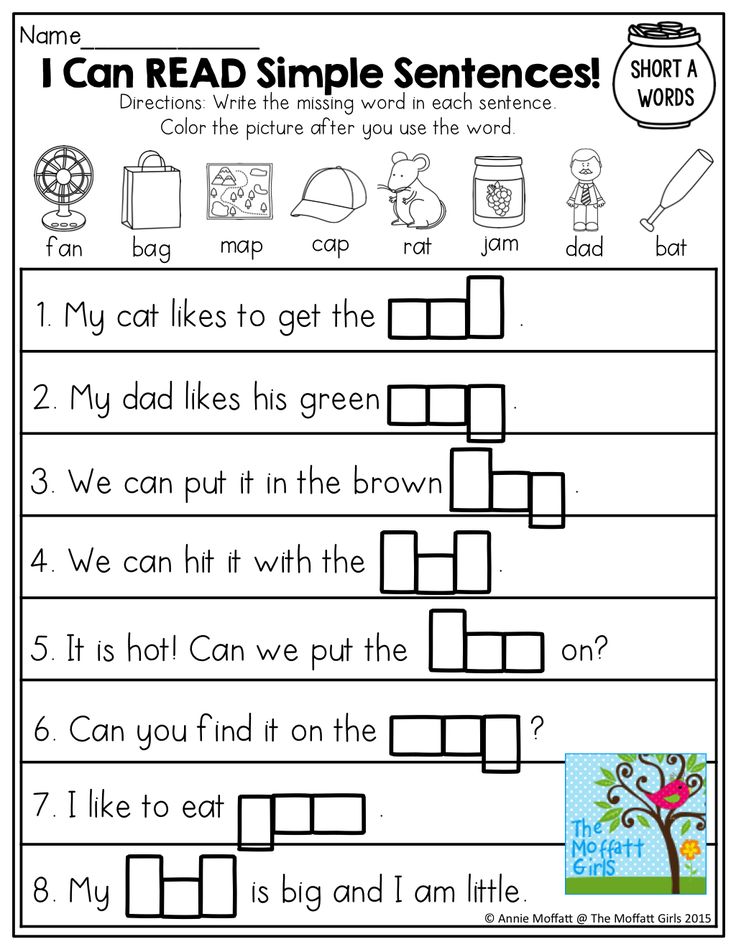 So, why not introduce your kids to the old-world charm with this letter writing activity?
So, why not introduce your kids to the old-world charm with this letter writing activity?
- Decide which form you wish to write — a formal letter or an informal one.
- Accordingly, choose whom to address the letter.
- Keep the letter content crisp if it’s a formal letter and give it an emotional feel if you are writing an informal one.
Related: 24 Fun Ways To Teach Your Toddler To Write Better
Quick fact
Did you know writing a letter aids in improving information processing.
7. Advertisement writing
Image: Shutterstock
This writing activity can keep their creative juices flowing.
How to:- Pick an item to write about. For example, children may choose to write an advertisement for their favorite candy.
- Let them write an entertaining advertisement to sell the product.
- Kids can get innovative and may design brochures, leaflets or even a hoarding style ad.
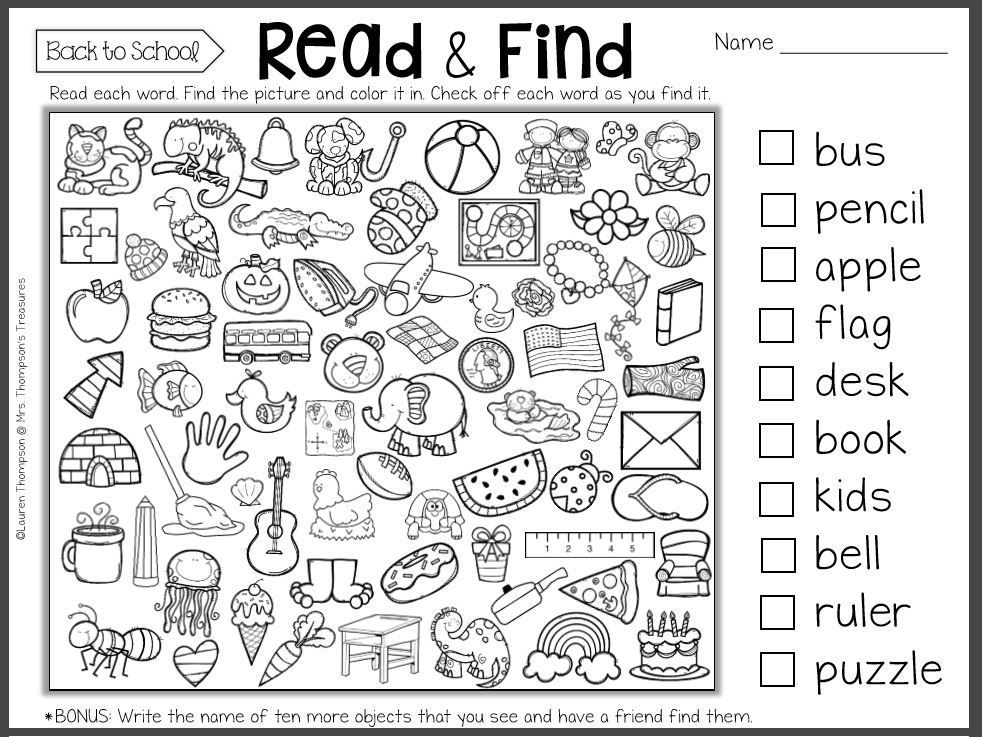
8. Dialogue writing
Image: iStock
Dialogue is a conversation or interaction between two or more people. This activity can also improve their style of conversation. You can begin with simple dialogues.
How to:- Write an introductory line to begin the activity.
- The next player has to reply to the previous line.
- Keep adding dialogues after each line. In the end, you will have your very own record of the conversation.
9. Written debate
Image: iStock
This activity is similar to dialogue writing, but will have an argumentative tone. This writing activity will help in enhancing their conversational and presentation skills.
How to:- Pick a subject and write down your first argument on the paper.
- Let your child reply to the argument, putting forth his/her point.
- It goes on like a debate but in a written format.
Related: 13 Best Effective Ways To Improve Handwriting For Kids
10.
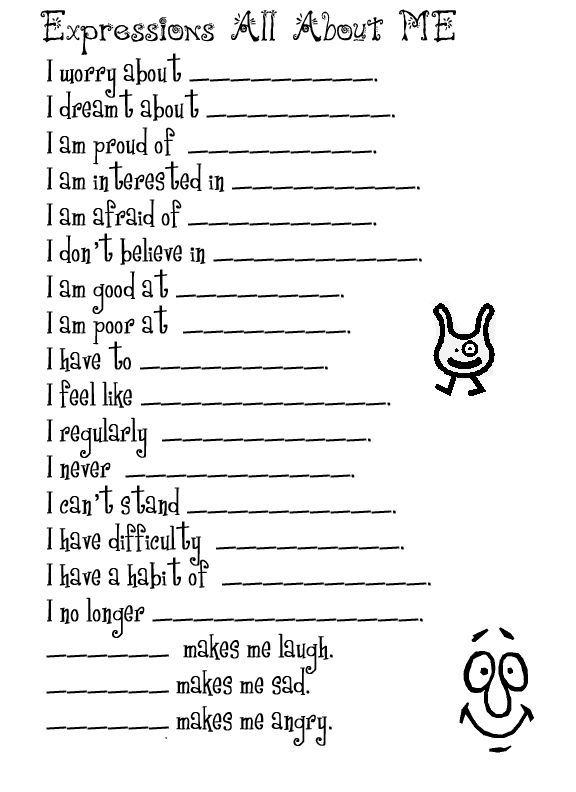 Writing instructions
Writing instructions Image: iStock
Learn direct speech through this activity.
How to:- Choose a subject to write instructions about. For example, an experiment on lighting a bulb.
- Kids must write about the tools required and elaborate instructions about how to light a bulb, in detailed steps.
- The style of writing must be communicative and simple to follow.
11. Writing a poem
Image: Shutterstock
Poetry does not have any boundary or age. This writing activity best suits children who are artistic.
How to:- Select a theme to write about.
- Kids can use rhyming words or just express their emotions in whichever poetic style they like.
12. Writing a message on the envelope
Image: iStock
Be it a birthday greeting or a thank you note, this activity will help the child write short messages on cards and envelopes.
How to:- Pick a card or envelope depending on the occasion.
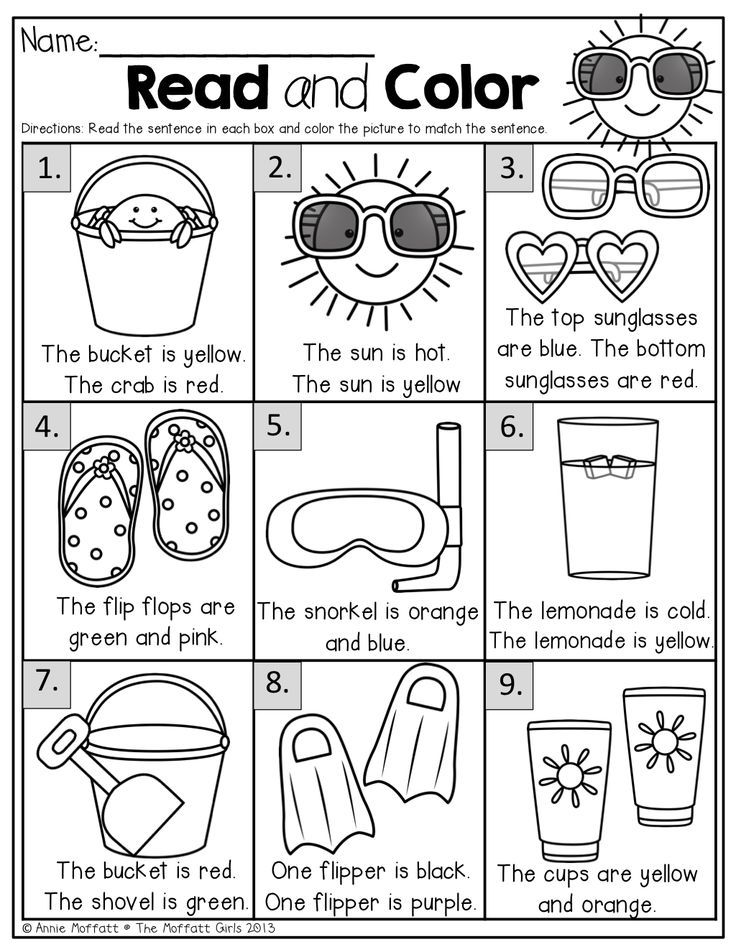
- Write a short crisp paragraph to convey the message.
- Add a salutation, “To” address and a “From” address.
13. Newspaper summary writing
Image: Shutterstock
This activity is ideal for older kids. It helps in understanding their level of reasoning and perception.
How to:- Assign a newspaper headline for them to read and follow.
- Kids have to go through the entire news article, read and understand it in detail.
- Now the challenge is to write a summary about the same news article in their style.
14. Five lines about their hero
Image: iStock
Children will enjoy playing this game for sure as it involves their favorite superhero.
How to:- Find out who your child’s favorite superhero/ idol is.
- Ask them to write any five things about him/her, which they admire.
Related: 7 Basic Drawing Ideas For Kids To Try In 2023
15.
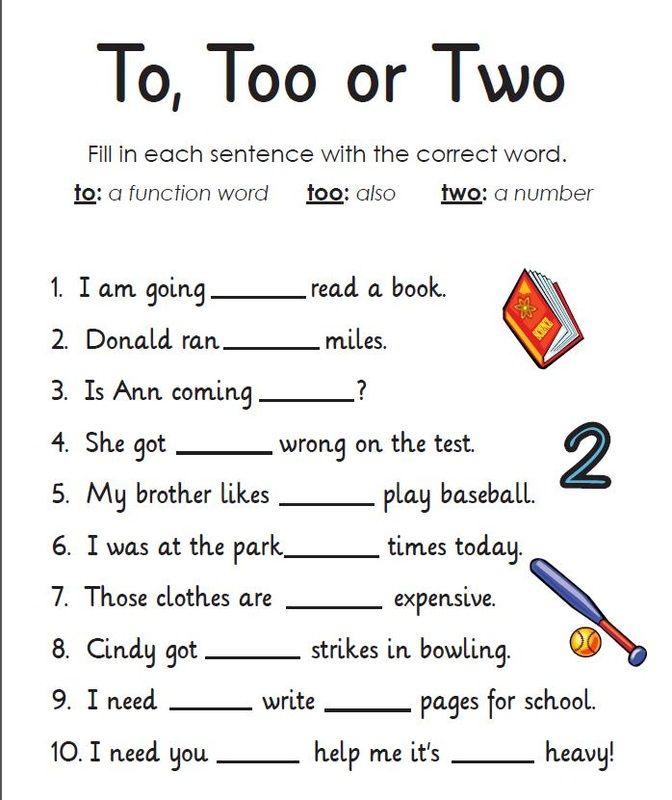 Drawing words
Drawing words Image: iStock
This activity does not involve writing directly but inspires to write and makes learning enjoyable for kids. Make their imagination run wild with this game.
How to:- Choose a word to draw. It can be any word like sun, moon, precious, beautiful, mountain or anything.
- Let the child draw the word in their style. Do not insist on drawing it perfectly.
1. How does writing help in the growth of a child?
Writing helps in a child’s growth by promoting language development, improving communication skills, enhancing creativity, promoting critical thinking and problem-solving skills, and fostering emotional intelligence. It also helps children develop fine motor skills and self-discipline. Additionally, writing can serve as an outlet for children to express their thoughts and feelings, leading to increased self-awareness and self-esteem.
2. What are the benefits of writing games for kids at home and school?
Writing games for kids offers numerous benefits, such as improving language skills, encouraging creativity, boosting confidence, enhancing critical thinking, and developing fine motor skills. Writing games can help children develop their language skills, including vocabulary, grammar, and sentence structure. These games can also challenge children to think critically and encourage them to be imaginative in their writing, leading to a more positive attitude toward learning.
Writing games can help children develop their language skills, including vocabulary, grammar, and sentence structure. These games can also challenge children to think critically and encourage them to be imaginative in their writing, leading to a more positive attitude toward learning.
Writing is an integral part of children’s education that helps them express themselves better. It is a life skill that relates to communication and allows children to better understand and remember a particular concept. Writing skills should be developed in children from a young age. However, many children are not enthusiastic about writing because they feel it is a difficult task. In such circumstances, you may introduce writing games for kids that do not look like a task and offer them good practice. So, if your children are averse to writing, introduce games such as Secret Pictionary or Finish the Story and activities such as Dialogue Writing or Message Writing. Regular writing practice will enhance children’s skills a great deal.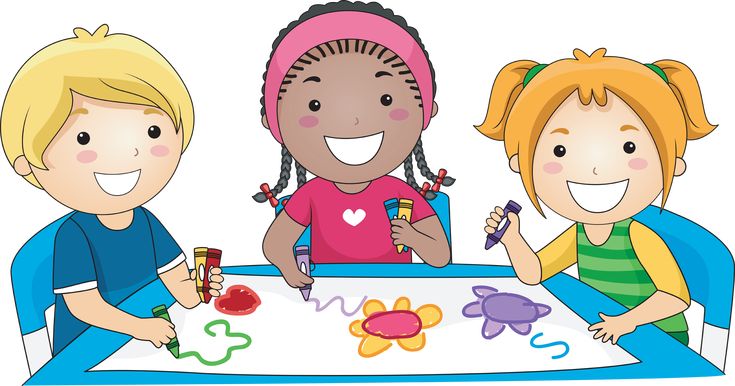
Key Pointers
- Pique your children’s interest in writing by introducing Pictionary of secret phrases followed by drawing.
- “Finish the story” will enhance the child’s creativity as they take turns to add sentences to the story.
- Dialogue or advertisement writing, word drawing, etc., for your children as you scroll down.
The following two tabs change content below.
- Author
Content
- Simple games on a sheet of paper
- DORISS
- Treasure Map
- CENTER
- Cross-tanks 9000
- Silent artist
- Hangman
- Bulls and cows
- Capturing the field
- Paper strategy games for two or more
- Naval battle
- Erudite
- Conde by horse
- bridges
- Cracks
- Snake
- Tromino
- Paper games with letters 9000
- Games on paper - Selection of books
- Paper 9000
Games on paper on paper on paper on paper on paper on paper : for kids and adults, simple and complex, creative and strategic, funny and educational.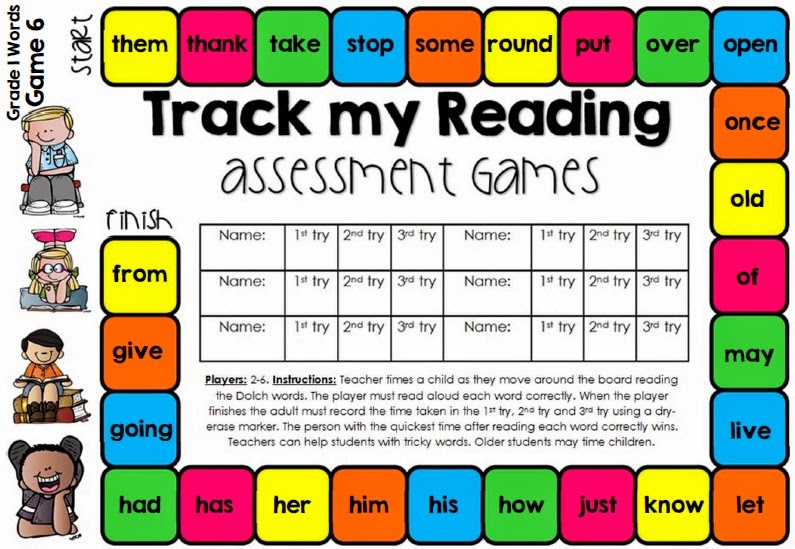 New games from around the world that you have not heard of!
New games from around the world that you have not heard of!
Life with children can be boring or fun, and it does not depend on any external circumstances!
Zhenya Katz "Games for Beginner Moms"
Simple games on a sheet of paper
Drawings
The player thinks of a picture and draws part of it, and then passes it on to another player.
Treasure map
You need to draw a schematic plan of the apartment - a treasure map and indicate the place where the treasure is hidden.
Chain
Enrich vocabulary, develop imagination and laugh a lot! We take a word of 3-4 letters and, changing 1 letter at a time, we turn it into others, and so on, until it turns out. The chain can turn out from 3-5 to 50 words. And then, according to the recorded words, we compose a story. Impossible not to laugh, checked!
Many words
Choose 1 long word and use its letters to make many short words. Whoever has more - he won!
Tic-tac-toe
An old unforgotten game.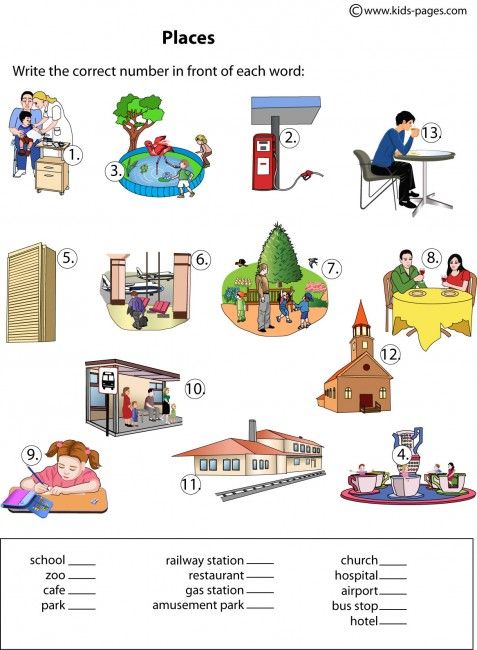 To make it more interesting, play on a large field - 4*4 or 5*5 cells.
To make it more interesting, play on a large field - 4*4 or 5*5 cells.
Doodles
The game stimulates the imagination. One draws any squiggle with his own color, and the second turns it into anything with the help of fantasy.
Troika
Tic-tac-toe game, only with letters. On the 3 * 3 field, two players put any one letter each, and the one who, by the end of the game (when all the fields are filled), will be able to write diagonally, vertically or horizontally more well-known words of 3 letters wins.
Ruka
Game-simulator for the development of attention stability, peripheral vision, speed of finding information and even reading speed, since the mechanics of the game is similar to the mechanics of Schulte tables.
2 players participate. Each person draws a hand on a piece of paper (it is desirable that the hands are approximately the same size) and writes the numbers from 1 to 100 at random, without going beyond the contour of the hand.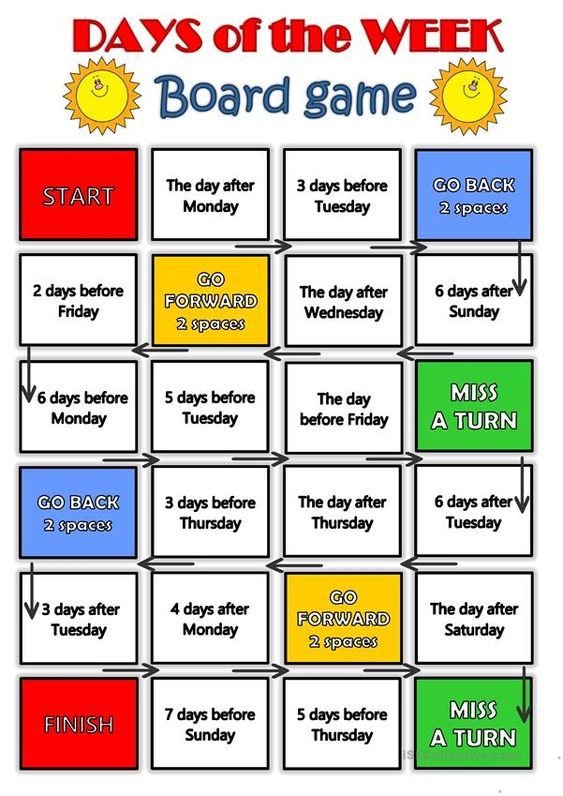
Then the players exchange sheets and begin the numbers in order from 1 to 100 in order. The winner is the one who did it first.
Balda
A square playing field is drawn on a sheet of paper with 5*5 cells for the word BALDA or another number of cells corresponding to the number of letters in another word. Write a word in the middle row. Players take turns making moves. In one move, a letter is entered into a free cell in such a way that a new word is formed each time.
Words can be read in any direction. For each word, the player receives as many points as there are letters in the word. The game ends when all the cells are filled with letters or none of the players can come up with a new word.
Silent artist
Develop imagination and associative thinking! Non-reading children receive an oral task from their mother: how would you depict a holiday (lake, mirror, mother cat, stars)? The drawing needs a schematic, only a contour, the main thing is figurative thinking.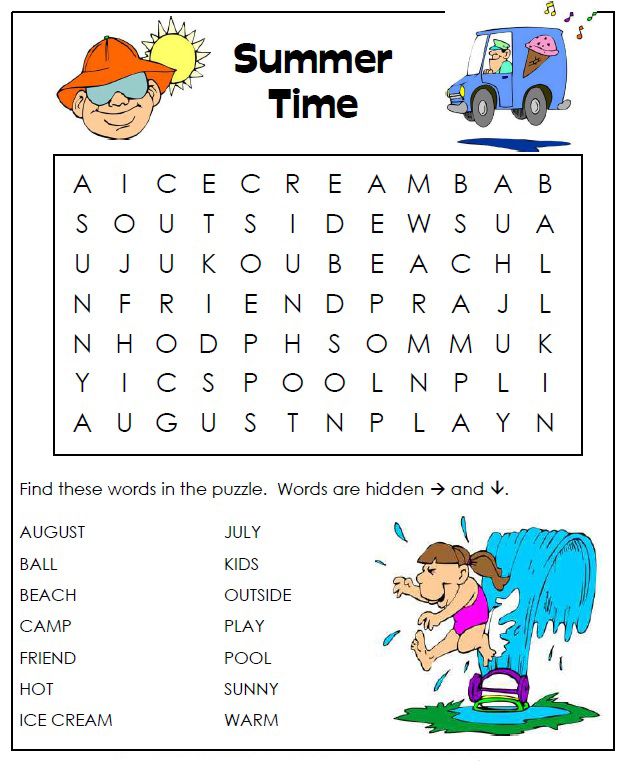
The older the child, the less specific the words are - not “pan”, but “dinner”, not “five in the diary”, but “end of the quarter”. You will be surprised how interesting children's thinking works!
We prepare leaflets with an arbitrary number of words (difficulty by age) and draw, and then guess.
A game without competition, the main thing is to convey the meaning.
Hangman
Even children can master the principle of the game. The main thing is that all players can read and write, make words. To prepare for the game, you need a pen and paper, or a printed template. The trick is to "hang" the player before he guesses the word.
At the preparation stage, a gallows is drawn on paper. The "executioner" makes up a word and draws free empty cells under the scaffold. The letters of the hidden word will fit into them. Each erroneous move brings the player closer to execution.
8 elements in total. There can be only 7 wrong attempts, on the eighth the player is “hung”.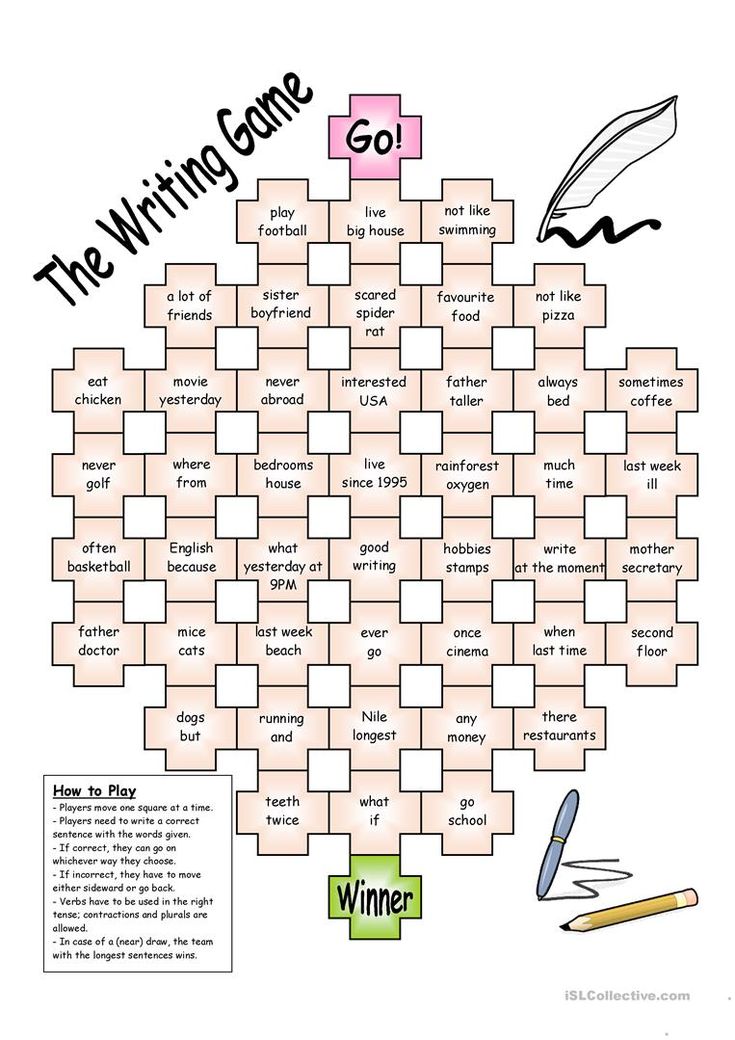 Another possible variation will allow you to increase the number of moves if you start drawing not from the rope, but from the gallows itself.
Another possible variation will allow you to increase the number of moves if you start drawing not from the rope, but from the gallows itself.
Surprisingly, the most difficult words are short ones. Fly, muse, mint, magnifying glass, sea, etc.
Hangman print templates:
Bulls and cows
The player thinks of a four-digit number. All digits in the number must be different. His opponent must guess the number. Each time he also calls a four-digit number with different digits. If the figure from the named number is in the guessed number - this is a cow. If the figure from the named number is in the guessed number and stands in the same place - this is a bull.
Capture the field
In addition to a piece of paper and a pen, this game will require a die or two (to speed up the game and develop children's addition skills). The first player rolls the dice(s), adds up the numbers that have fallen (if there are 2 dice) and paints as many squares on his playing field as he received as a result.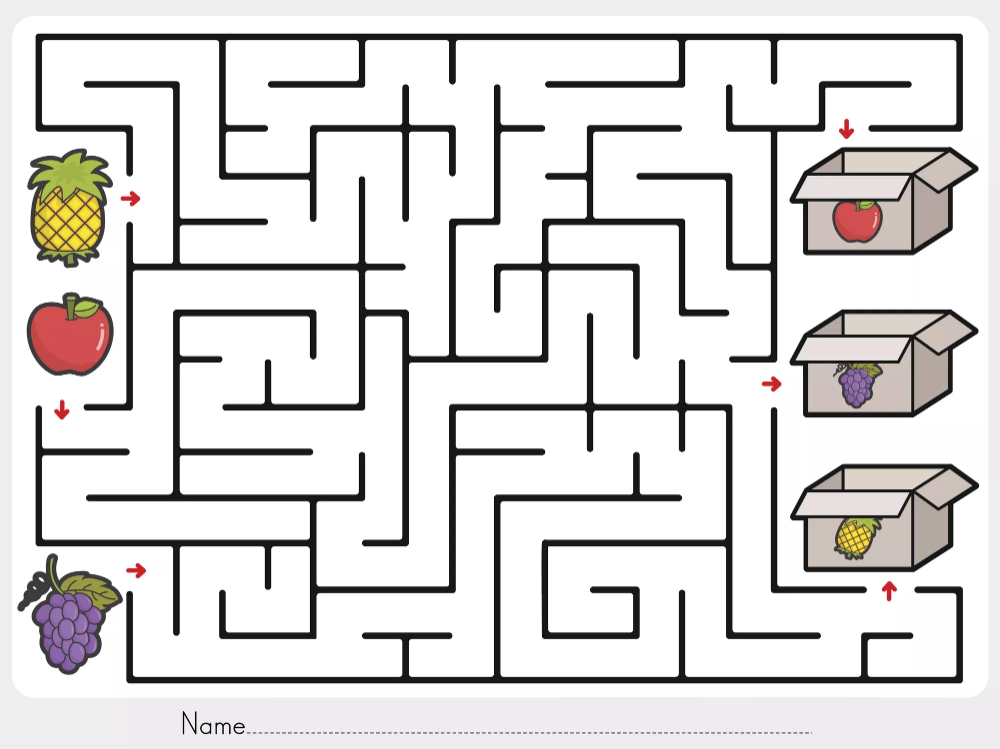
The first person to color all the squares wins. You can also play 3 dice! Those already familiar with the multiplication table can play with multiplication instead of addition!
Strategy paper games for two or more
Naval battle
The goal of the game is to sink all enemy ships. We arrange the ships and "shoot" in turn.
Ships are placed on a field of 10*10 cells. The letters and numbers along the sides of the square are the coordinates. Each player has 10 ships: 4 one-deck (1 cell), 3 two-deck (2 cells), 2 three-deck (3 cells), 1 four-deck (4 cells). There must be at least 1 empty space between ships.
The second similar field is drawn for clarity of "shooting" at the enemy's field. The player names the coordinates, for example, "K5", the enemy honestly answers: "past", "wounded" or "killed". The victim shoots again. The one who misses passes the right to shoot to the enemy.
Scrabble
The game is widely known in the world under the name Scrabble.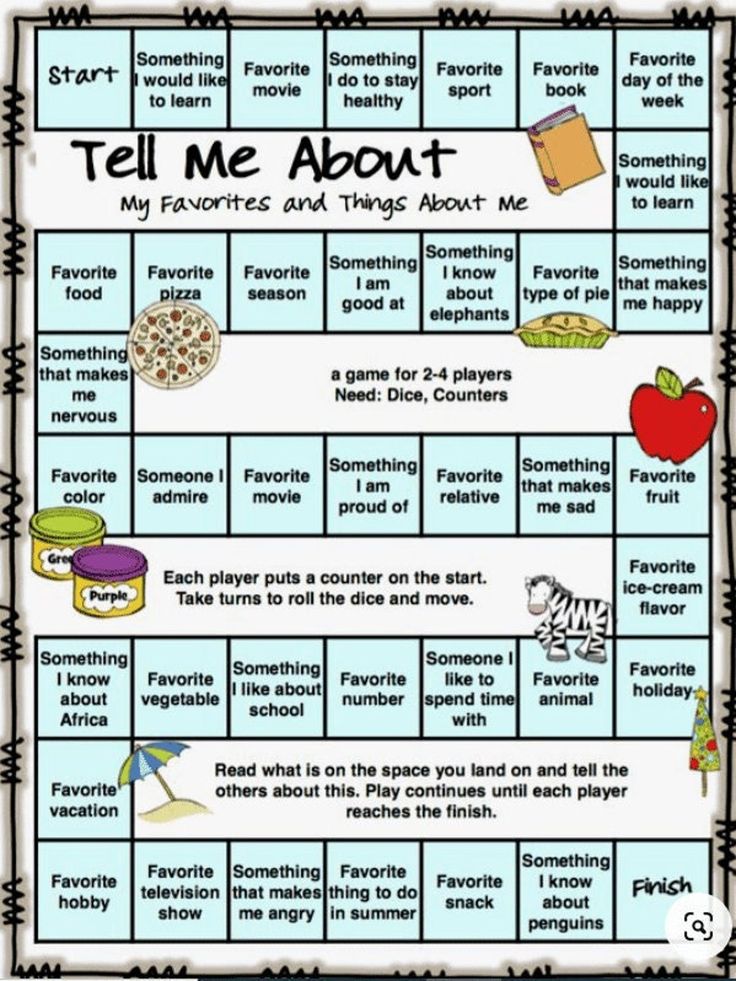 From separate letters it is necessary to make words and put them on the field. You can buy a field for playing Scrabble or play on a piece of paper.
From separate letters it is necessary to make words and put them on the field. You can buy a field for playing Scrabble or play on a piece of paper.
Knight move
We work with logic and spatial thinking! We teach a child how a chess horse walks. We draw a small field of play on a sheet in a cage. We start the game from any cell: “we walk”, we take turns putting a cross in a cell one after another (older - numbers from 1 to ...), while it is possible to walk.
First, you can show the trajectory, then the child can already “draw” it in his mind. Task: fill the field as much as possible. With older children - who will have nowhere to go - lost.
Bridges
The players are trying to build a bridge from one side of their bank to the other. Red has red shores and crosses as stones, Green has green shores and zeroes. The game can start anywhere on the field.
In one move, a player can connect two adjacent stones with a vertical or horizontal bridge.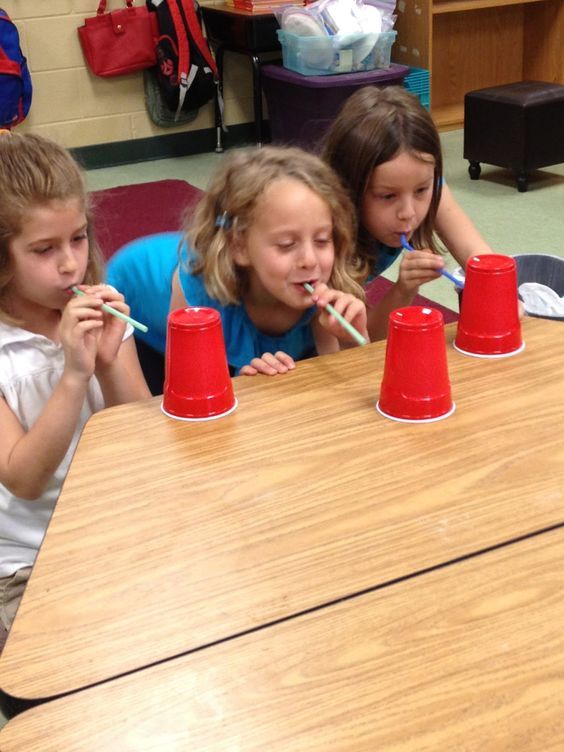 Red and green bridges must not intersect. The winner is the one who builds a continuous bridge from one of its banks to the other.
Red and green bridges must not intersect. The winner is the one who builds a continuous bridge from one of its banks to the other.
Lines
It is necessary to put several points on a sheet of paper (at least 8, the more, the more interesting). Two players play by connecting any two points in turn with a line segment. You cannot capture the 3rd point, and each point can be the end of only one segment. The segments must not intersect. The one who cannot make a move loses.
Dots
This is a paper strategy game for two or four people. The goal of the game is to connect the drawn lines into squares. The player who draws the most squares wins.
It is necessary to create a field of dots, 10*10 is enough to start with. But you can play with any field. Each player takes turns drawing lines by connecting 2 adjacent dots.
As soon as the player finishes the square, he fills the square with his color or puts his sign inside and can make one more move.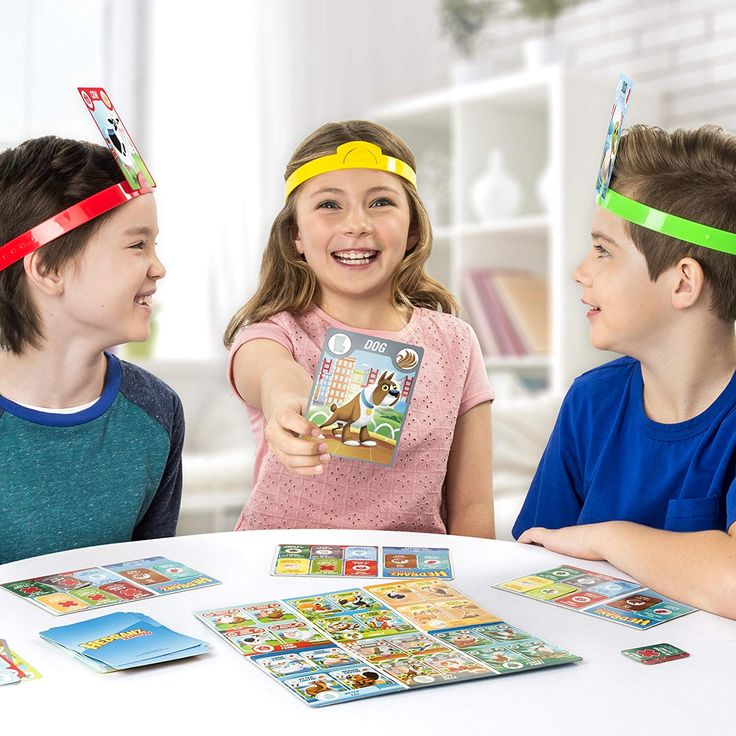
Snake
Two players must use different colored pens or pencils. A square of arbitrary size is drawn, for example, 9*9 cells. 2 sides of one color and 2 of another. Each player chooses points and begins to draw his snake, lengthening it alternately by 2 cells in one move. You cannot walk diagonally and cross your own or someone else's snake. You can lead the snake on the side of the opposite color. The one who cannot make a move will lose.
Tromino
This is a simple pen and paper puzzle that trains visual perception and spatial reasoning. The goal of the game is to be the last player to successfully place a tromino on the game board.
Tromino is a figure consisting of three squares connected by sides. You can either play straight pieces only, corner pieces only, or both versions at the same time.
The goal of the game is to be the last player to place a tromino on the board, thereby blocking the opponent's ability to play.
Read more about the tromino game in the next article.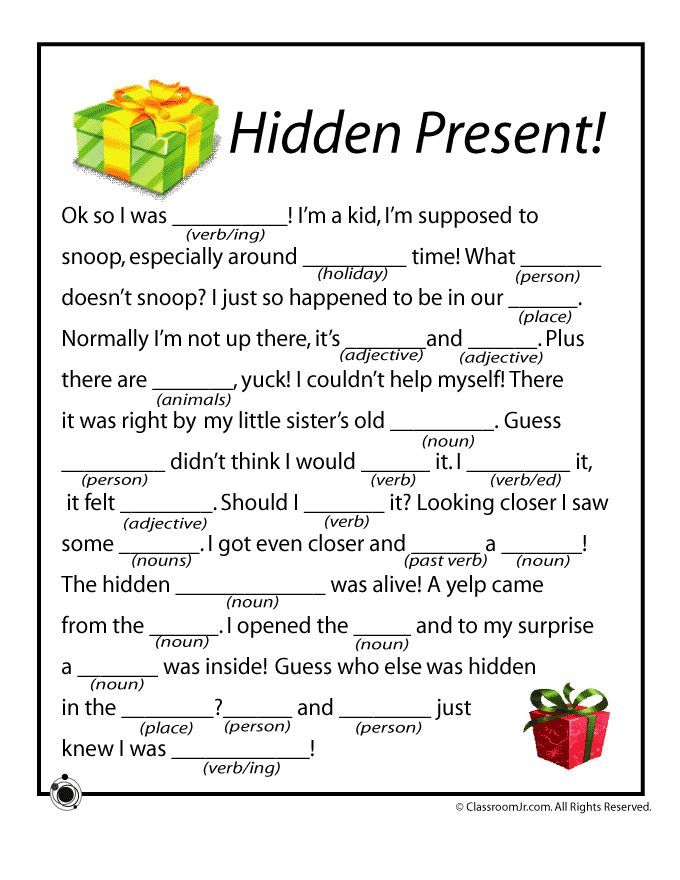
Games on a sheet of paper with letters
Games on paper - a selection of books
Scans from Asborne's edition of "100 games for indoor and outdoor" from a series of activity cards.
Games on a sheet of paper published by Bely Gorod. A whole encyclopedia and almost a complete collection of such books! To the labyrinth
Games on paper. Tic-tac-toe, sea battle, dots and segments - a budget book by the Phoenix publishing house, in Chitai-gorod.
National games on paper
When these strategic games were played on the ground or sand with stones, sticks, flowers, etc. These days, playing has become easier, but no less interesting.
Dara is a cool match 3 game from North West Africa. The goal of the game is to capture your opponent's chips so that he can no longer place his chips at three in a row . Read more here.
Tiger and Leopards or Len Choa is a traditional game from Thailand in which a tiger (hunter) fights six leopards (victims).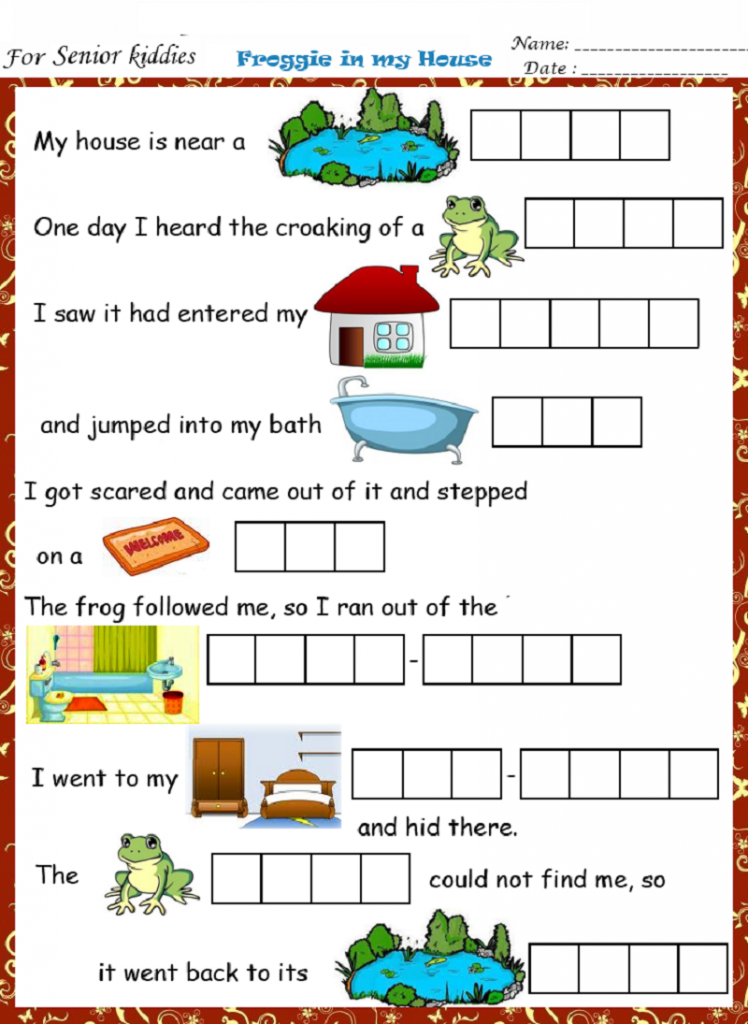 The tiger tries to catch the leopard by jumping over it (as in checkers).
The tiger tries to catch the leopard by jumping over it (as in checkers).
The leopards are trying to surround the tiger and block it so that it cannot move. The game is dynamic, there is not enough pen and paper for it - chips are also needed (coins, buttons, scraps of paper - whatever). About the strategy of the game here.
Fox and Geese is a traditional board game from Northern Europe. This is a variation of Halatafl, a Viking board game mentioned in the early Icelandic sagas. Read more here.
Korean game Kono resembles Chinese checkers. Objective: Move quickly across the board and place all of your pieces on the dots previously owned by your opponent. Game description
What paper games for children do you know? What games did you play as a child?
10 paper games - Let's play together! — LiveJournal
In our childhood there were a lot of different games, most of them we just kept in our heads, the rules were passed on to each other during the game.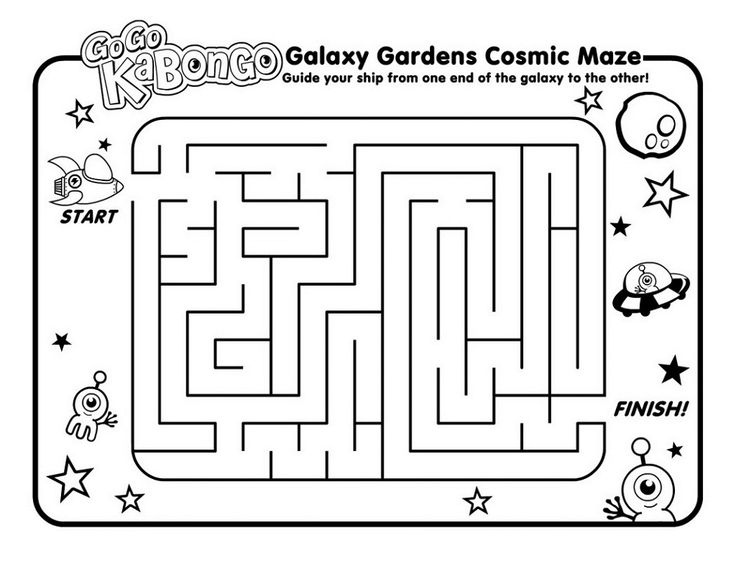 Many of these games were played with just a pair of pencils or pens and a piece of paper.
Many of these games were played with just a pair of pencils or pens and a piece of paper.
Paper games can safely be called the most intelligent and developing. And now they are forgotten quite undeservedly. It is worth teaching children to play these games, and they can always be occupied on a long road or in rainy weather at home and in the country.
1. Tic-tac-toe
This is the most famous of these games. For her, paper is not always needed, just a foggy window pane in a minibus or a couple of twigs and sand underfoot ...
A playing field is drawn 3 by 3 cells (9 cells in total). Players take turns making moves by placing a cross or a zero in an empty cell. Purpose of the game: to build a line of 3 crosses or zeroes horizontally, vertically or diagonally. It is extremely difficult to win in this game, basically the game comes down to a draw and more than one game is played.
But still there are certain combinations of moves that lead to victory.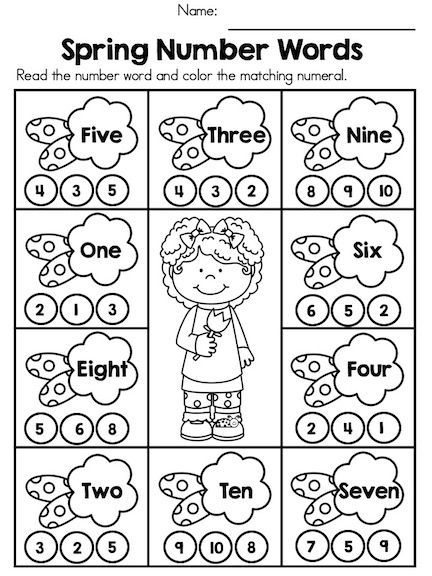 ))
))
When you get tired of playing on a small field, you can increase the field or not limit it at all. On such a field, players take turns making moves until someone manages to line up a line of five characters horizontally, vertically or diagonally.
2. Battleship
This is one of the most favorite games of our childhood. ))
I think everyone remembers the rules. And for those who do not remember, we will remind. This game is for two.
The goal of the game is to sink all enemy ships. Ships are located on 2 square fields measuring 10 by 10 cells. You place ships on your field and the enemy strikes at them. And on the other field, the enemy has his ships. Each player has an equal number of ships - 10 pieces:
Single-deck (1-cell size) 4 pieces
Double-deck (2-cell size) 3 pieces
Three-deck (3-cell size) 2 pieces
Four-deck (4-cell size) 1 piece
When placing ships on the field, it must be taken into account that there must be at least one empty cell between them; ships cannot be placed close to each other.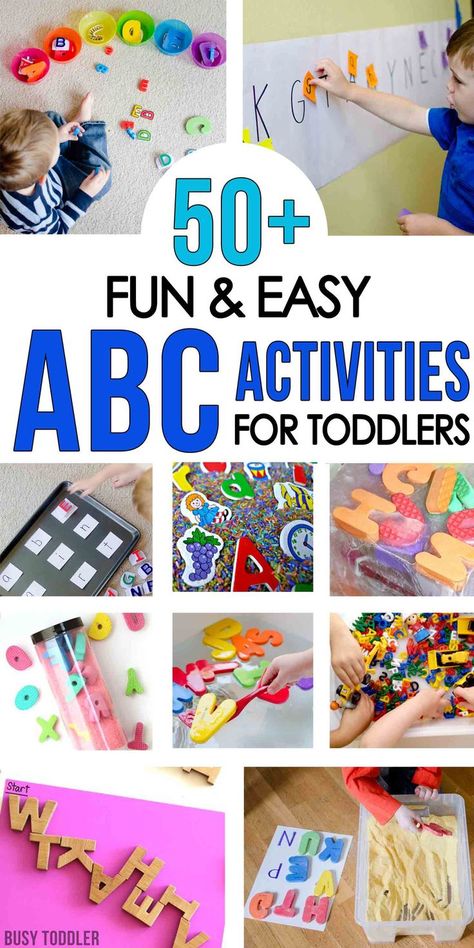
During his turn, the player selects a cell on the opponent's field and "shoots", calling its coordinates "a1", for example. At the same time, he marks his move on his additional field. If you sank the enemy ship, then the opponent must say “killed”, if you wounded the ship (that is, you hit a ship with more than one deck), then the opponent must say “wounded”. If you hit the opponent's ship, you continue to "shoot".
The game ends when all ships of one of the players are "sunk".
3. Tanchiki
The game requires an A4 sheet folded in half (you can take any notebook sheet). Two players draw 10 tanks each on their own half of the sheet. Having finished the alignment of forces, the players begin to “shell” each other in this way: the shot is drawn in their own half of the field, then the sheet is folded in the middle and the shot, visible through the light, is marked in the second half of the field. If the shot hit the tank, then it is considered "knocked out" and one more additional shot is needed to destroy it.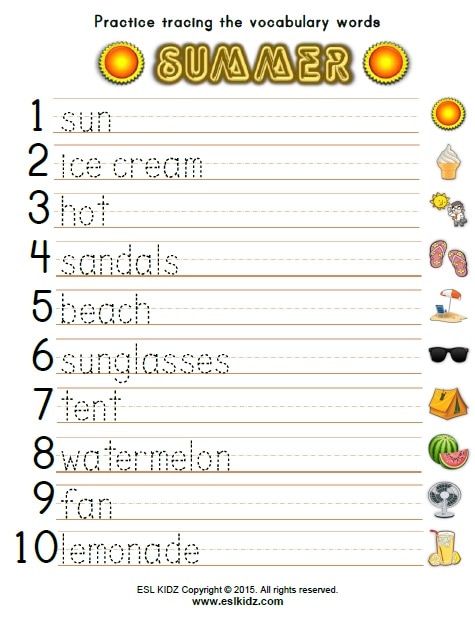 If the player hit the tank directly, then one shot is enough.
If the player hit the tank directly, then one shot is enough.
Each successful shot entitles the player to the next shot. To complicate the game, you can introduce a ban on the next shot at a freshly knocked out tank.
4. Hands
Even small children who are already familiar with numbers can play this game.
It will help you learn how to quickly navigate the numbers and concentrate.
For the game you will need two sheets of paper in a cage, on each sheet the player circles his palm. Now, in the space bounded by the drawing, numbers from 1 to ... are randomly arranged here. Here you need to agree in advance. Next, the game begins. One player calls an arbitrary number, while the other tries to find this number on his palm, while the first player quickly puts crosses in the cells on his sheet, starting from the top left cell. The winner is the one who quickly fills all the cells of his field with crosses.
5. Points and lines.
The conditions of this game on paper are simple: put a few dots on a sheet of paper (at least 8, and preferably at least 15).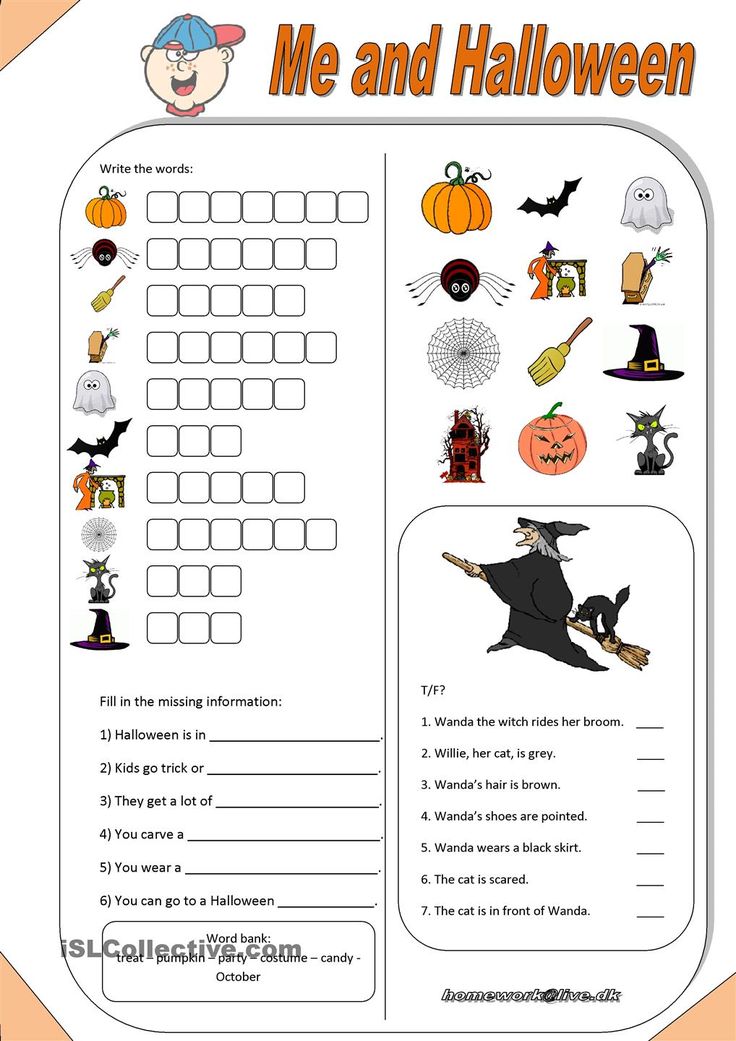 Two players play by connecting any two points in turn with a line segment. You cannot capture the 3rd point, and each point can be the end of only one segment. The segments must not intersect. The one who cannot make a move loses.
Two players play by connecting any two points in turn with a line segment. You cannot capture the 3rd point, and each point can be the end of only one segment. The segments must not intersect. The one who cannot make a move loses.
In the figures you can see the correct connection of the dots.
and incorrect
6. Dots
We played this game at the institute during boring lectures. It develops tactical and strategic thinking.
The playing field is an ordinary sheet of paper in a box, if there is a lot of time and patience, you can play on a whole notebook spread. The playing field can be circled with a line and forbid by the rules to put dots on this border. Each player must have a pen or pencil of their own color. Players take turns putting dots in random places at the intersection of cells.
The goal of the game is to capture as many paper possessions as possible. A territory is considered captured if it is surrounded by dots of its color.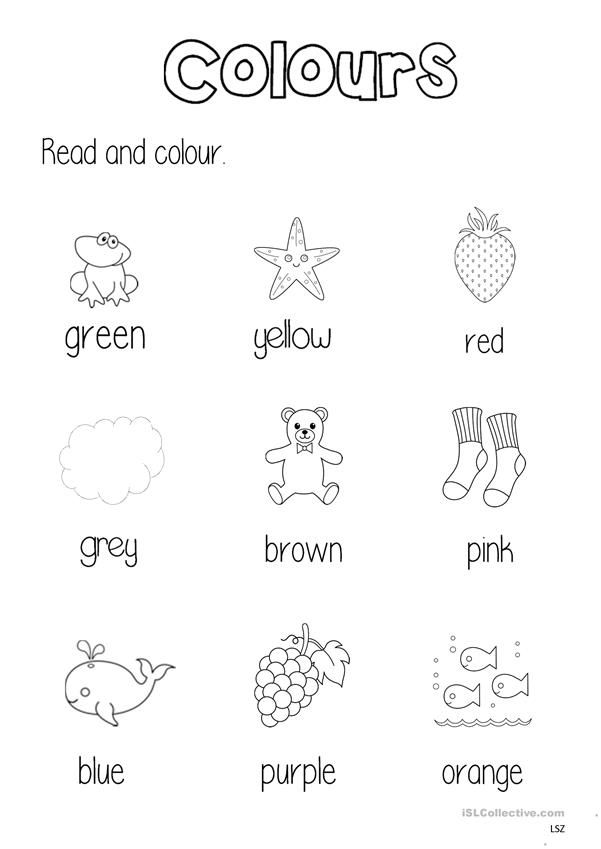 The dots must be spaced one cell apart horizontally, vertically, or diagonally. The captured territory is painted over with its own color or a fortress wall is drawn around it (thick line). If you managed to encircle the territory or points of the enemy with dots, they are yours. After such a capture, the player is granted the right of an extraordinary move. In some versions of the game, you can capture only those territories where there are already enemy fortifications. In others, any land is available to you, including free ones. Choose what you like best. At the end of the game, the size of the occupied lands is calculated and the winner is declared. Most often, there is no need to specifically count anything - the result is obvious.
The dots must be spaced one cell apart horizontally, vertically, or diagonally. The captured territory is painted over with its own color or a fortress wall is drawn around it (thick line). If you managed to encircle the territory or points of the enemy with dots, they are yours. After such a capture, the player is granted the right of an extraordinary move. In some versions of the game, you can capture only those territories where there are already enemy fortifications. In others, any land is available to you, including free ones. Choose what you like best. At the end of the game, the size of the occupied lands is calculated and the winner is declared. Most often, there is no need to specifically count anything - the result is obvious.
Can also be played with younger children. In this case, the playing field should be made quite small - a quarter of a notebook page or even less, and take paper with large cells.
7. Numbers
Did you play such a game on a notebook in a box at school or institute? We played half of the hostel.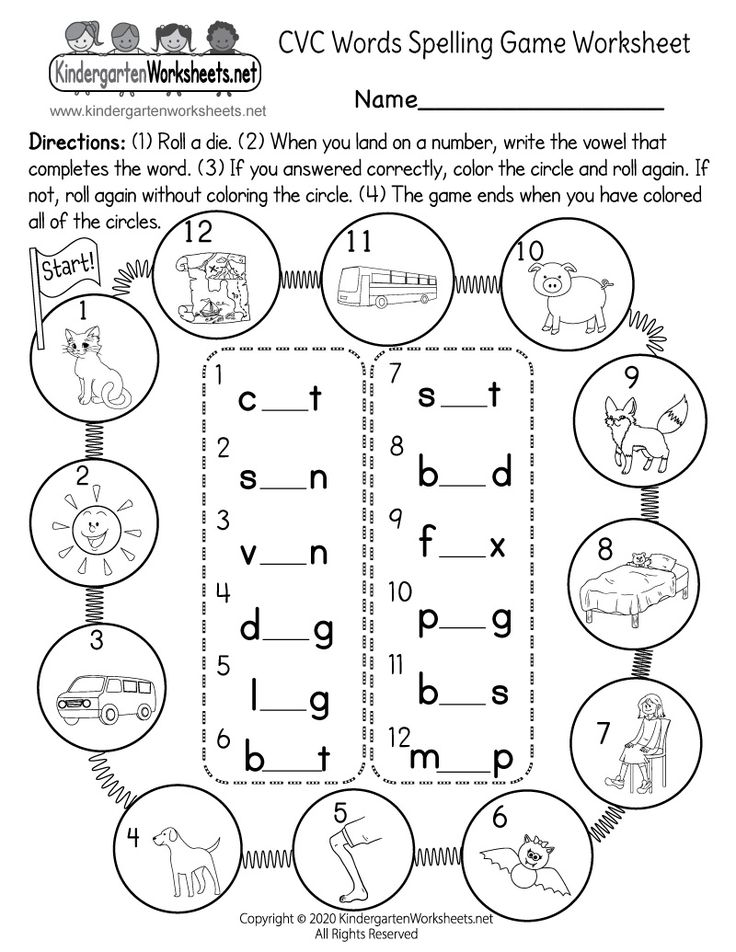 ))) I held on for a long time, but then I plunged into it with my head, but an hour home on the train flew by unnoticed.
))) I held on for a long time, but then I plunged into it with my head, but an hour home on the train flew by unnoticed.
It was called differently: numbers, numbers, seeds, 19, but the meaning of this did not change. You write out the numbers from 1 to 19 in a row, in a line up to 9, and then you start the next line, in each cell, 1 digit. Then you cross out paired numbers or giving a total of 10. One condition - the pairs must be next to or through the crossed out numbers horizontally or vertically. And after you have crossed out all possible pairs, you rewrite the remaining numbers at the end. The goal is to completely cross out all the numbers.
8. Hangman
A bit inhumane game, but still. As a child, we combined the yard game of Cossack robbers with the "gallows"!.
The meaning of this game is to guess the word by letter in a certain number of moves.
One player thinks of a word (simple and short to begin with). He writes his first and last letters, and instead of the missing letters we put dashes.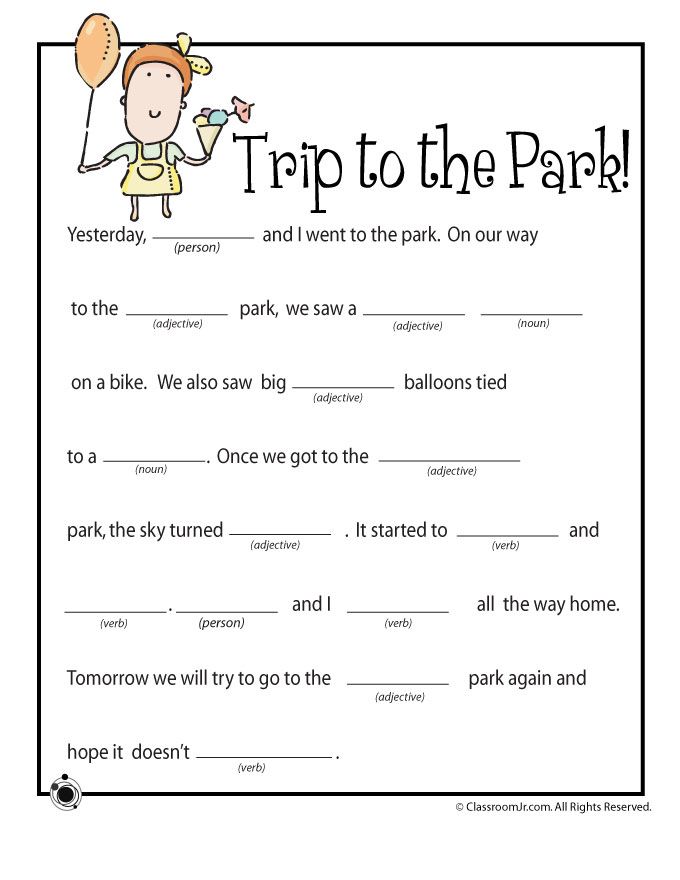 The task of the second player is to guess the hidden word. He names a letter. If this letter is in the word, we enter it in its place. If not, then we write the letter to the side so as not to repeat ourselves, and we begin to draw the "gallows" - a vertical line. With the next error - horizontal (it turns out something like the letter g). Then a rope, a loop, a man's head, a torso, arms and legs are drawn. For these several attempts, the player must guess the word. If it didn't work out, you lost. If he had time, it was his turn to think of a word.
The task of the second player is to guess the hidden word. He names a letter. If this letter is in the word, we enter it in its place. If not, then we write the letter to the side so as not to repeat ourselves, and we begin to draw the "gallows" - a vertical line. With the next error - horizontal (it turns out something like the letter g). Then a rope, a loop, a man's head, a torso, arms and legs are drawn. For these several attempts, the player must guess the word. If it didn't work out, you lost. If he had time, it was his turn to think of a word.
9. Balda
Another game with words. Here you can play with two, three or even one.
A square playing field with 5x5 cells is drawn on a sheet of paper, for example. In the middle row we write a word of five letters. Players take turns making moves. In one move, a letter is entered into a free cell in such a way that a new word is formed each time. Words can be read in any direction except diagonal. For each word, the player receives as many points as there are letters in the word.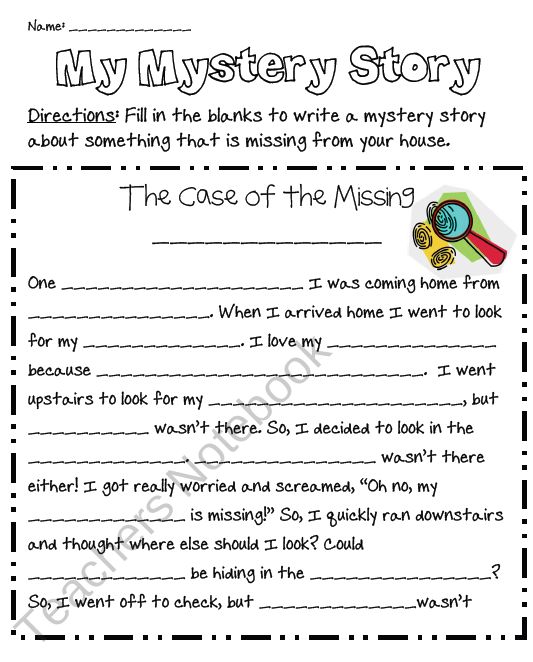 Words are written on the side of the field so that other players do not repeat them. The game ends when all the cells are filled with letters or none of the players can come up with a new word. After that, the number of points is calculated. Whoever has the most wins.
Words are written on the side of the field so that other players do not repeat them. The game ends when all the cells are filled with letters or none of the players can come up with a new word. After that, the number of points is calculated. Whoever has the most wins.
10. Dots and squares
Game for two players. You will need a sheet of paper, preferably in a cage, and a pair of pens in different colors.
On a sheet of paper, a playing field is drawn in size from 3 * 3 squares, and more (up to 9 * 9), depending on the level of the players.
The essence of the game: players take turns drawing lines one cell long, trying to create squares of 1 by 1 inside the field. If your line has become the final one in the square, put your sign in it and get the right to an additional move. The moves continue until you put a line that does not close any square. The game ends when the entire field is filled. After that, the number of squares closed by each player is counted and the winner is announced.